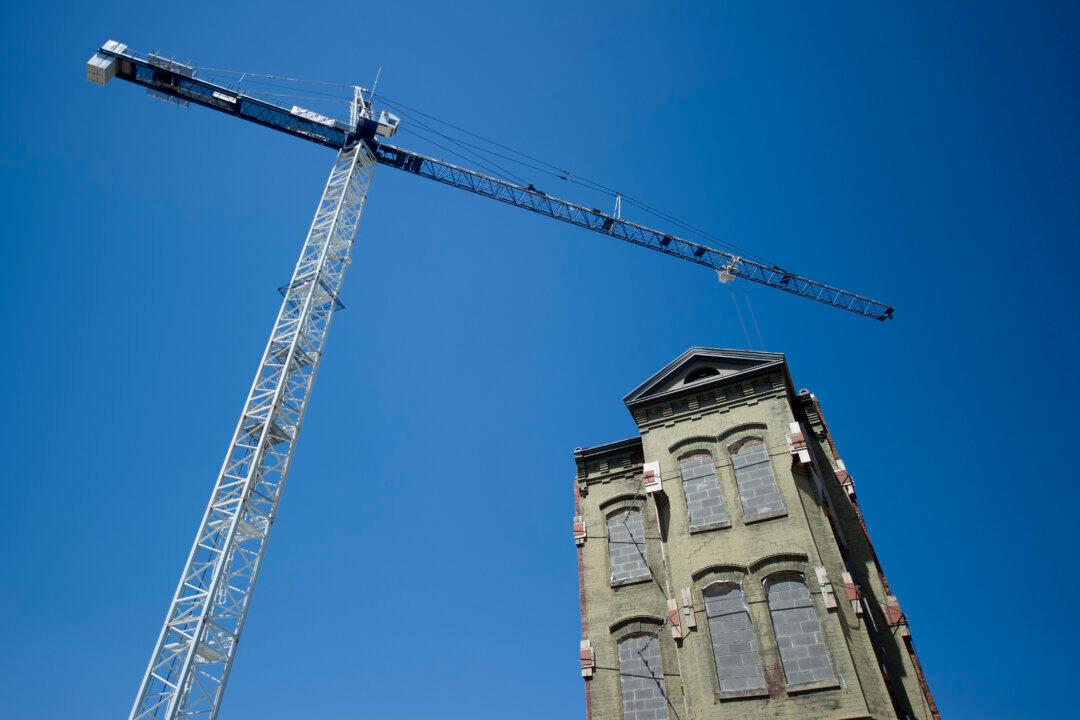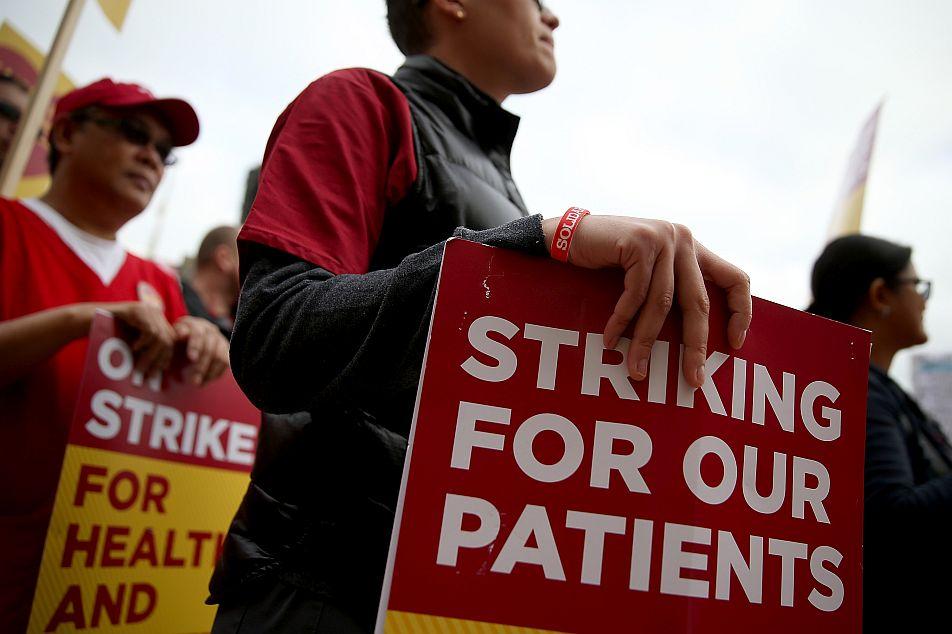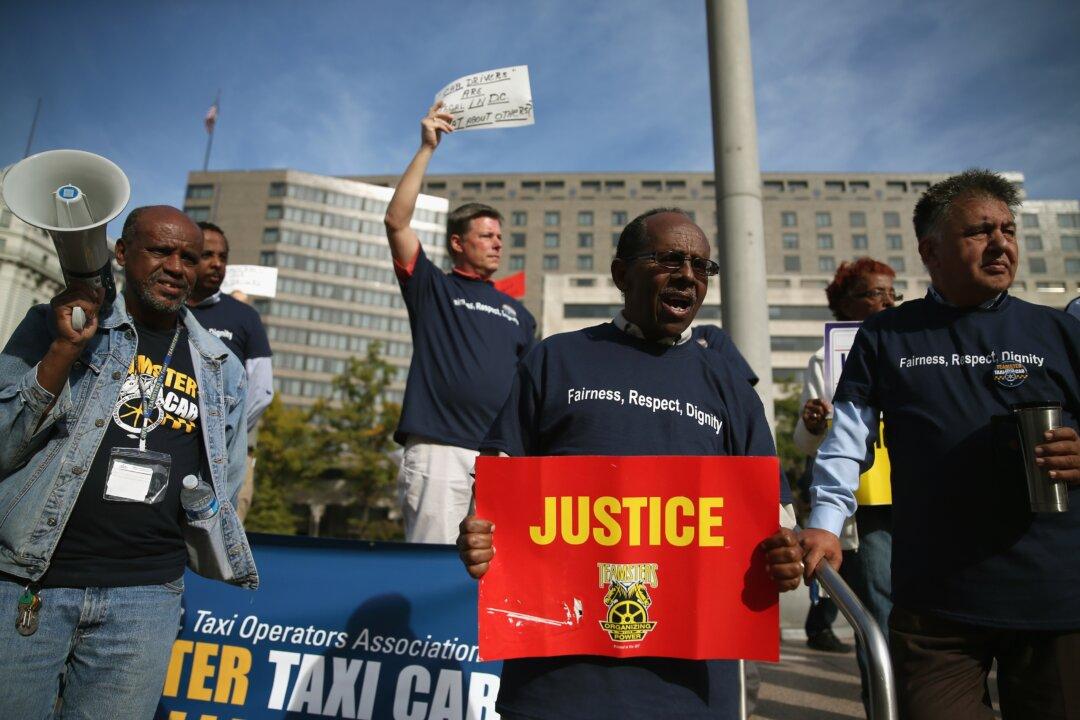Back in October 2012, the National Retail Federation (NRF) predicted a solid holiday shopping season, suggesting that year-over-year growth would be 4.1 percent, reaching $581.6 billion.
“This is the most optimistic forecast NRF has released since the recession,” said Matthew Shay, CEO and president of NRF, in an Oct. 2, 2012, press release.
However, the NRF cautioned about being too optimistic about holiday retail sales growth, given the high unemployment rate, limited job growth, and stagnating income potential.
Next, the NRF spoke of improved consumer confidence, which was disputed by the Conference Board’s Consumer Confidence Index. The Consumer Confidence Index declined in November to 71.5 and then again in December to 65.1, a 6.4 drop in the index.
“Consumers’ expectations retreated sharply in December resulting in a decline in the overall Index,” a Conference Board director states in a Dec. 27, 2012, announcement.
Ball State University predicted in its 2012 Holiday Retail Sales Forecast a 2 percent holiday season retail sales growth. A sales forecast of 11.24 percent by used goods retailers was by far the largest in the retail sector. Food stores, with a 2.96 percent forecast, came in second for predicted holiday season growth, far below the used goods sector.
“Lower household incomes, a stagnant labor market and the lingering effects of Hurricane Sandy will make this a disappointing holiday season,” according to the Ball State University forecast.
Market Experts Disappointed
On Dec. 17, 2012, a MasterCard Advisors press release stated that the holiday sales growth was weak, and some retail sectors even went into negative growth early in December.
“Given the season’s modest start, the numbers we’re seeing so far are highlighting the importance of the last two weeks of the season. … Super Saturday—the last Saturday before Christmas—is going to have to live up to its name,” said Michael McNamara, Global Solutions Leader at MasterCard SpendingPulse.
The media reported that despite discounts and other incentives offered by the retailers, holiday sales by mid-December were the weakest since 2008.
Total retail sales for December 2012, excluding car sales, grew by 2.4 percent over December 2011. Lower gasoline sales and fewer sales in a number of holiday-specific sectors attributed to the lower holiday sales rate, according to a Jan. 9 press release on the MasterCard Advisors website.
Interpreting the weaker than expected retail sales, as announced by the U.S. Census Bureau, the Conference Board states in a Jan. 14 announcement, “Consumers don’t have the cash to increase spending and aren’t willing to continue to dip into savings or take on more debt.”
“Spending at small retailers in December fell to its lowest growth rate since October 2010, registering a 3.8 percent year-over-year increase,” according to a Jan. 15 press release on the MasterCard Advisors website.
The NRF had missed its holiday retail sales prediction by 1.1 percent and reported that actual holiday retail sales increased by 3 percent instead of 4.1 percent, totaling $579.8 billion.
“Solid consumer spending in the month of December helped retailers finish the year with a healthy holiday shopping season, however economic uncertainties sent a cautious consumer to the stores,” the NRF said in its January announcement.
The U.S. Census Bureau published its advance estimates on Jan. 15, stating that retail and food services sales for December 2012 increased by 0.5 percent over November 2012.
ShopperTrak Business Analytics, published on the ShopperTrak website, reports that retail sales growth was stagnating after the holiday season, having decreased by 20.9 percent over the prior week for the week ending Jan. 12. The good news is that retail sales had increased by 10.2 percent compared to the same period in 2012.
On a more positive note, ShopperTrak states, “While the weekly decrease in the NRSE [National Retail Sales Estimate] was slightly over -20 percent, this loss in weekly sales is typical for this time of the year.”
Retail Still at Recessionary Level
“Retail sales have been recovering since the trough in 2009. But the ’real' consumer economy, adjusted for population growth is still in recession territory—5.1% below its all-time high in January 2006,” a Jan. 15 article on the Seeking Alpha website states.
The Seeking Alpha article argues that the population in the United States grew by 23 percent over the past two decades. During the same period, purchasing power in the United States dropped by 40 percent because of inflation.
“When we adjust accordingly, the rebound in retail sales from the bottom in April 2009 merely puts us fractionally above the per capita spending we first achieved in March 2000,” the Seeking Alpha article contends.
When adjusting retail sales by excluding gasoline growth, it is 1 percent higher in December 2012 over the prior month and 2.8 percent higher than in December 2011, but lower by 6.9 percent from its peak in June 2005.
“The sobering reality is that, in ’real' terms—adjusted for population growth and inflation—consumer sales remain at the level we saw about six months into the last recession,” the Seeking Alpha article suggests.
Closer Look at the Numbers
“A look behind the December [retail sales] numbers shows that the much heralded return of the US consumer is likely to be delayed a bit longer,” a Jan. 16 article on the iShares Blog states.
Although retail sales increased by 0.5 percent in December 2012 compared to the prior month and 4.7 percent for December 2012 year-over-year, they are still way below a high of 9.2 percent in mid-2011. Furthermore, total increases during 2012 were mainly driven by sales in the car and food sectors. All other retail sectors just limped along.
The sales growth is affected by unemployment, which still hovered at 7.8 percent in December, and in the same month, only 155,000 jobs were filled. In addition, consumers are trying to shed unprecedented high debts and deal with stagnating income levels.
For a desirable retail sales growth rate, unemployment has to decrease, so people can increase their purchasing power, allowing for more discretionary income. But, according to a number of employment research reports, filling 155,000 jobs just doesn’t cut it.
For example, if the “rate of unemployment [is] 8.1%, we would need 545,551 jobs per month,” according to a September 2012 article on the Economic Populist website.
Forecasting the Future of Retail
“It’s become apparent that the large chain store model is slowly dying,” a December 2012 article on the Motley Fool website states.
Sears, Roebuck and Co., J.C. Penney Co. Inc., Best Buy Co. Inc., and most other department stores are losing their appeal, slowly being replaced by online retailers. Manufacturers are selling their products online, providing large online showrooms without having to pay for a retail venue, employees, and other overhead. This is leaving the bricks-and-mortar retailers out in the cold, as it is difficult to compete when it comes to cost.
“Buying products online is oftentimes cheaper than buying in a bricks-and-mortar store that requires staff, inventory, and overhead. … Betting on a retail outlet … is a guessing game,” according to the Motley Fool article.
The Epoch Times publishes in 35 countries and in 19 languages. Subscribe to our e-newsletter.
US Retail Sector Limping Along
Back in October 2012, the National Retail Federation (NRF) predicted a solid holiday shopping season, suggesting that year-over-year growth would be 4.1 percent, reaching $581.6 billion.
|Updated:



